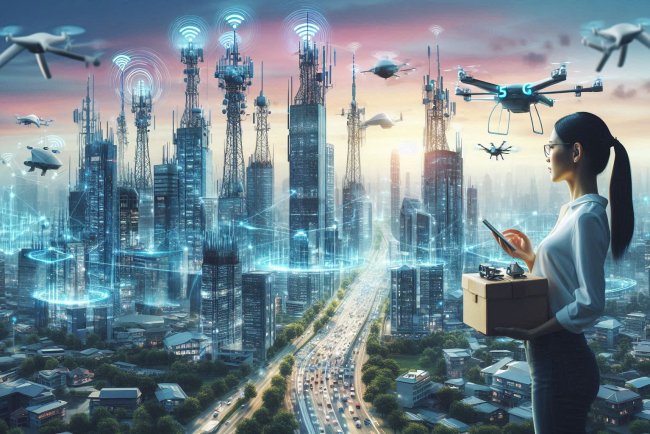Renewable Energy and the Future of Public Transportation
Discover how renewable energy is shaping the future of public transportation. Explore the latest innovations and sustainable solutions in this dynamic field.

Renewable Energy and the Future of Public Transportation
In recent years, there has been a growing emphasis on the importance of renewable energy sources in combating climate change. One area where renewable energy can make a significant impact is in the realm of public transportation. As cities around the world grapple with issues of congestion, air pollution, and the need to reduce greenhouse gas emissions, the transition to renewable energy in public transportation systems has become a key priority.
The Benefits of Renewable Energy in Public Transportation
There are numerous benefits to incorporating renewable energy sources into public transportation systems. One of the most obvious benefits is the reduction of greenhouse gas emissions. Traditional public transportation systems, which rely on fossil fuels like gasoline and diesel, are major contributors to air pollution and climate change. By switching to renewable energy sources like solar, wind, and hydropower, public transportation systems can drastically reduce their carbon footprint.
Renewable energy sources also offer a more sustainable and reliable alternative to fossil fuels. As the world grapples with issues of resource scarcity and environmental degradation, investing in renewable energy technologies for public transportation can help ensure a more secure and resilient energy future.
Examples of Renewable Energy in Public Transportation
Several cities around the world have already made significant strides in incorporating renewable energy into their public transportation systems. For example, London has introduced a fleet of electric buses powered by renewable energy sources. These buses not only help reduce air pollution in the city but also serve as a visible symbol of London's commitment to sustainability.
In China, the city of Shenzhen has built the world's largest fleet of electric buses, all of which are powered by renewable energy sources. This ambitious project has helped reduce air pollution in the city and has set a new standard for sustainable public transportation systems.
The Future of Public Transportation
Looking ahead, the future of public transportation is likely to be increasingly powered by renewable energy sources. As technology continues to advance and become more affordable, we can expect to see a greater emphasis on electric vehicles, solar-powered trains, and other renewable energy solutions in public transportation systems around the world.
In addition to reducing greenhouse gas emissions and air pollution, the transition to renewable energy in public transportation can also help create jobs and stimulate economic growth. As cities invest in renewable energy infrastructure for their public transportation systems, they will create new opportunities for workers in the renewable energy sector and help drive innovation in sustainable transportation technologies.
Challenges and Opportunities
Of course, there are challenges to overcome in the transition to renewable energy in public transportation. One of the main challenges is the upfront cost of implementing renewable energy technologies. However, many cities are finding that the long-term benefits of reduced operating costs and environmental impact far outweigh the initial investment.
There are also opportunities for collaboration and partnership in the transition to renewable energy in public transportation. By working together with governments, businesses, and communities, cities can leverage their collective resources and expertise to accelerate the adoption of renewable energy technologies in public transportation systems.
Conclusion
The future of public transportation lies in renewable energy. By embracing technologies like electric buses, solar-powered trains, and other renewable energy solutions, cities can reduce their carbon footprint, improve air quality, and create a more sustainable and resilient transportation system for the future.
As we continue to grapple with the challenges of climate change and environmental degradation, the transition to renewable energy in public transportation is a critical step towards a more sustainable future for all.
What's Your Reaction?















